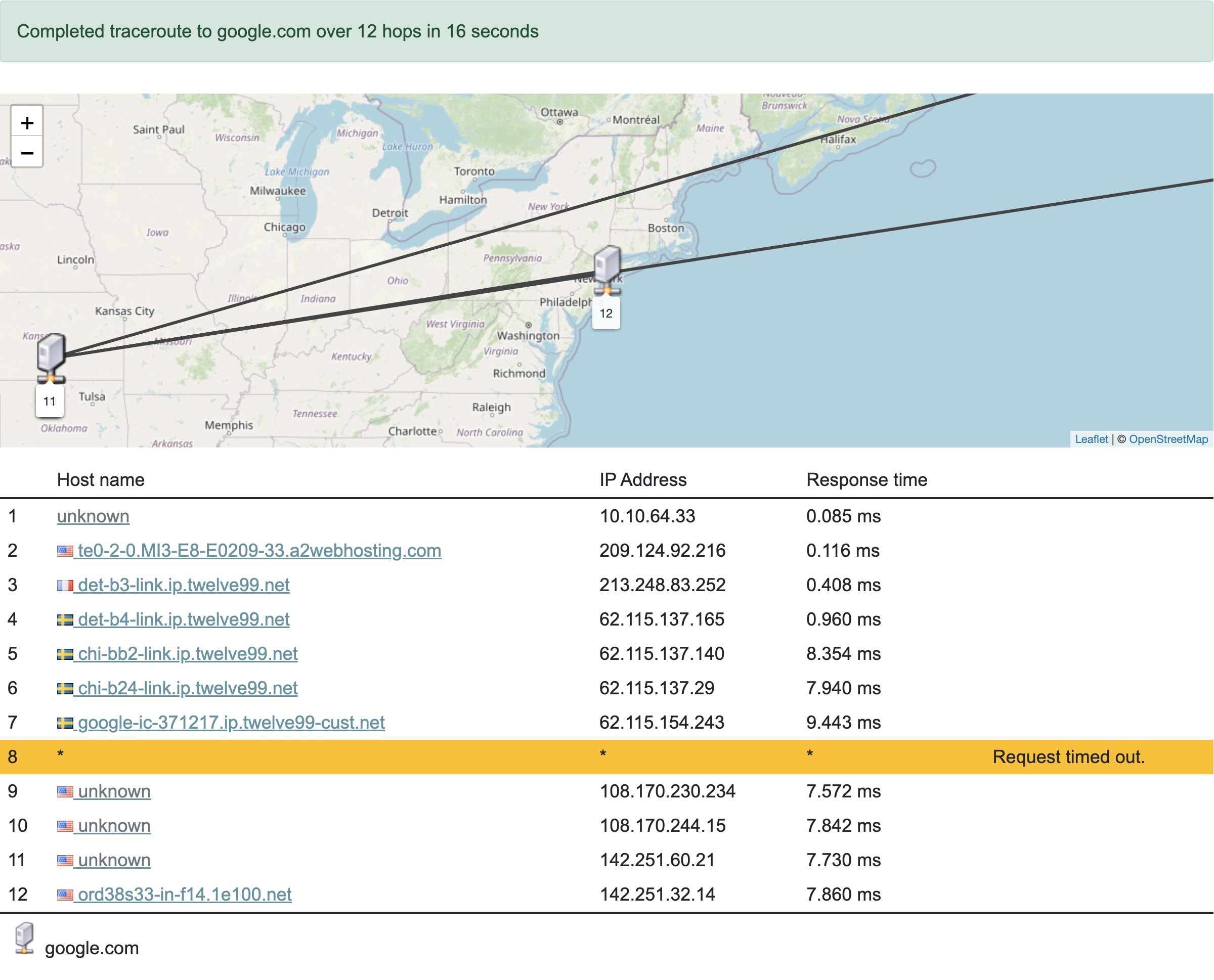Welcome, and thank you for being part of the MyZucoins community!

What’s Inside Zucoin’s v172 Release Of The Zucoin Wallet App?
Zucoin’s latest version of the Zucoin wallet app now handles patchy network connections far better.
Patchy networks can be helped with the use of a technique called “jitter”.
All of the big internet systems, like Google, YouTube, and Facebook, use forms of jitter, for their high-volume networks.
It’s also known as the “Thundering heard problem”.
Jitter helps both poor-quality and extremely popular connections by adding random timing variations to decide when to communicate with other systems.
It effectively smooths out too many things happening all at once.
Networks, like many other kinds of pressure systems, can be easily overwhelmed if too many things happen all at once.
For example, imagine 50 people trying to walk through the doors of a cafe at the same time.
Not only would it be a slow and chaotic process, but 50 people can’t simultaneously fit through a normal-sized door.
Now consider the waiting time if you were the 50th person placing an order—how long it would take to get that cup of coffee?
Far longer than if everybody who arrived at the cafe had spaced out their arrival by only a few minutes each.
It’d spread out the barista’s workload over a greater time period, producing a more even flow and significantly reducing a single point of massive pressure.
So is jitter like a schedule then?
Nope.
Jitter is the anti-schedule.
It’s designed to break the odds of a commonly agreed schedule, where many things coordinate to happen all at the same time.
When a large quantity of events happen at the same time, it causes far more disruptions and distortions than individual events.
Many other kinds of pressure systems share the same effect.
Another example is traffic.
On a major highway, there can be no accident yet traffic stops to a standstill.
That’s a knock-on effect of too much congestion, that is, too many things trying to happen at the same time.
Each following car slows slightly and within a short timeframe, traffic jams form and vehicles grind to a halt.
Instead of large swathes of people all traveling on the highway at 9am and 5pm, jitter essentially spaces everything out throughout the day.
The result is far less congestion and disruption.
More traffic can flow using the same amount of highway road infrastructure.
No new roads are needed to significantly increase flow.
Applying jitter techniques means that for the same amount of infrastructure, you can get far more use out of it.
Existing infrastructure becomes far more efficient.
Some users of Zucoin’s wallet app may occasionally notice a “Network error” during a transaction.
In Zucoin’s Splitchain network, you can’t have a one-sided transaction, as all transactions are two-way—meaning it works for both the sender and the receiver, or neither.
Most of the time, this error is caused by network dropouts during the transaction settlement waiting period.
Internet networks commonly experience micro-dropouts.
Mobile networks are notoriously hit or miss too.
When you connect to a website, you pass through many levels of sub-networks.
If one of these momentarily drops out, it can break your connection.
Apps like web browsers, when they load a website, will often handle these kinds of brief dropouts automatically by reloading certain items, but when you’re designing the back-end of a system, you need to carefully design these capabilities yourself.
A dropout may only last a few milliseconds, but that can be enough to break a connection.
And it’s more common than you might think.
Consider a simple connection route to Google.com.
When you load google.com in your web browser, it’s easy to think you’ve directly gone to Google’s website.
This isn’t how the internet works.
The internet is made up of layers upon layers of smaller networks linked together, hence the term “internet”—interconnected networks.
Jumping through each one of these networks is commonly called “hops”.
It all sounds obvious, but there’s a huge number of people who’ve no idea how this all comes together to load a simple website or play a streaming video.
Let’s explore a website connection test for google.com.
Below, we’ll see a cross-section of the networks we’ll travel through to arrive at google.com.
In this attempt, there were 12 hops in total.
Conveniently, a network connection dropout occurred while running the test:

Instead of crudely repeating a retry over and over again, which puts excessive pressure on systems (lots of people rushing through the same door), browsers and network systems can apply jitter to the retries, to space everything out.
It reduces pressure peaks.
Dropouts can be caused by things such as too many people using the internet at the same time, or web servers being momentarily unavailable.
The internet is a constantly shifting dynamic network, with dozens of layers of interchanging servers that store memory, known as caches, to speed up performance.
Caching layers save time by remembering information, so it doesn’t need to be searched, discovered and computed every single time.
It’s a delicate balance.
These caching layers can become out of date and they might give you an answer that’s no longer accurate.
When it comes to networks, that expired answer could’ve been the info about the next server along the path, which is no longer available.
Zucoin’s wallet app update v172 now incorporates an internally developed network jitter method.
It’s far simpler than most solutions we came across too, which makes things easier to test, less time to maintain and faster to deploy.
This forms another piece of Zucoin’s Splitchain network node upgrade milestone, aiding how peers such as the Zucoin wallet app communicate with the Splitchain network.
As decentralized networks tend to be more unreliable than centralized ones, components like this help smartphone devices more reliably talk to the wider internet network.
Compared with centralized networks, where you knowingly control all of the web servers, decentralized networks are much more open-ended and harder to stablize.
You have less knowledge of those other unknown servers that other network participants provide.
For decentralized networks like Splitchain to become competitive with centrally managed alternatives, many of the inherent issues in scaling decentralized networks have to be sorted out.
Improvements like this help to smooth out traditionally unreliable decentralized networks, aiding to turn them into more reliable ones, that can be practically used everyday.
After you’ve upgraded to the Zucoin wallet app’s v172 update, the odds of coming across the “Network error” message after completing a transaction should be far less common.
Zucoin Wallet App v171 Update Released.
If you liked this newsletter, please forward it to someone who might like it too.
You can also donate here or even buy some Zucoins. Every little bit helps us improve.
What did you think of this newsletter? Reply to send us feedback on what you liked or want to see featured more. There’s more coming, so stay tuned.
—
All the best,
—Rob
MyZucoins
Disclaimer: Of course, this is not advice, financial or otherwise. It’s also important to consider the risks and challenges associated with any potential benefits.